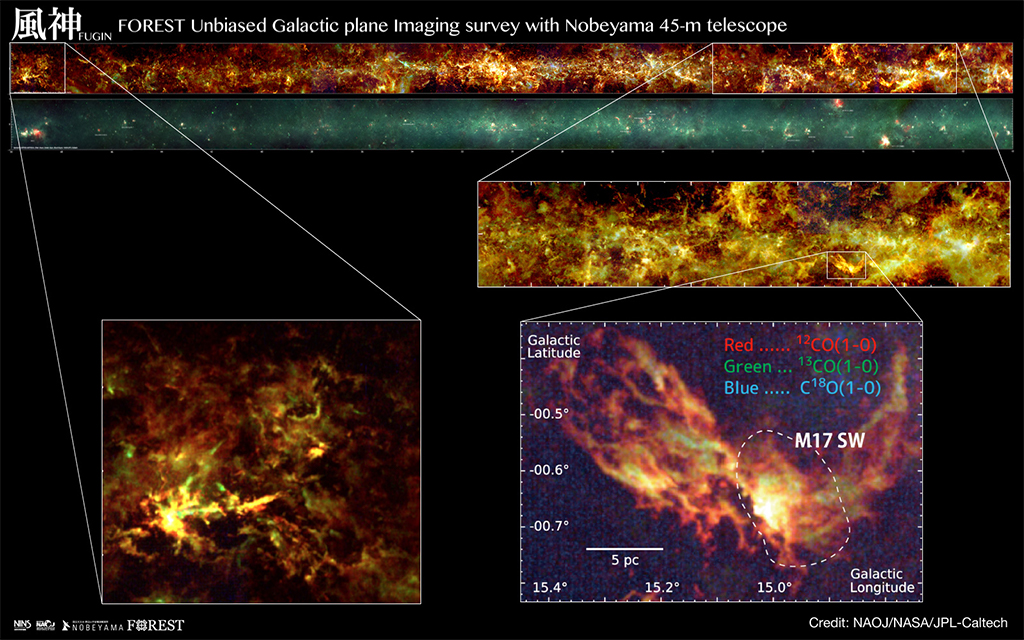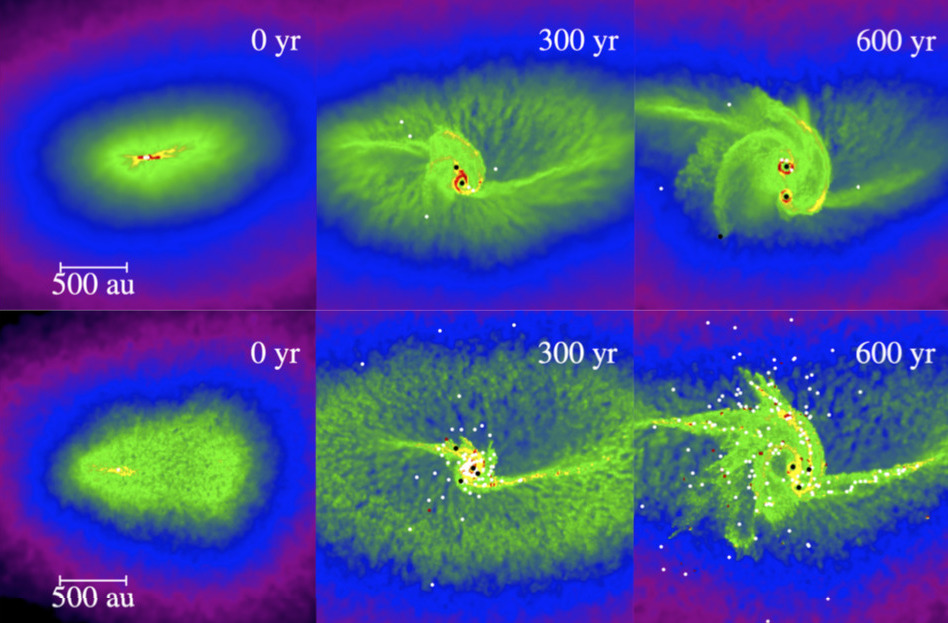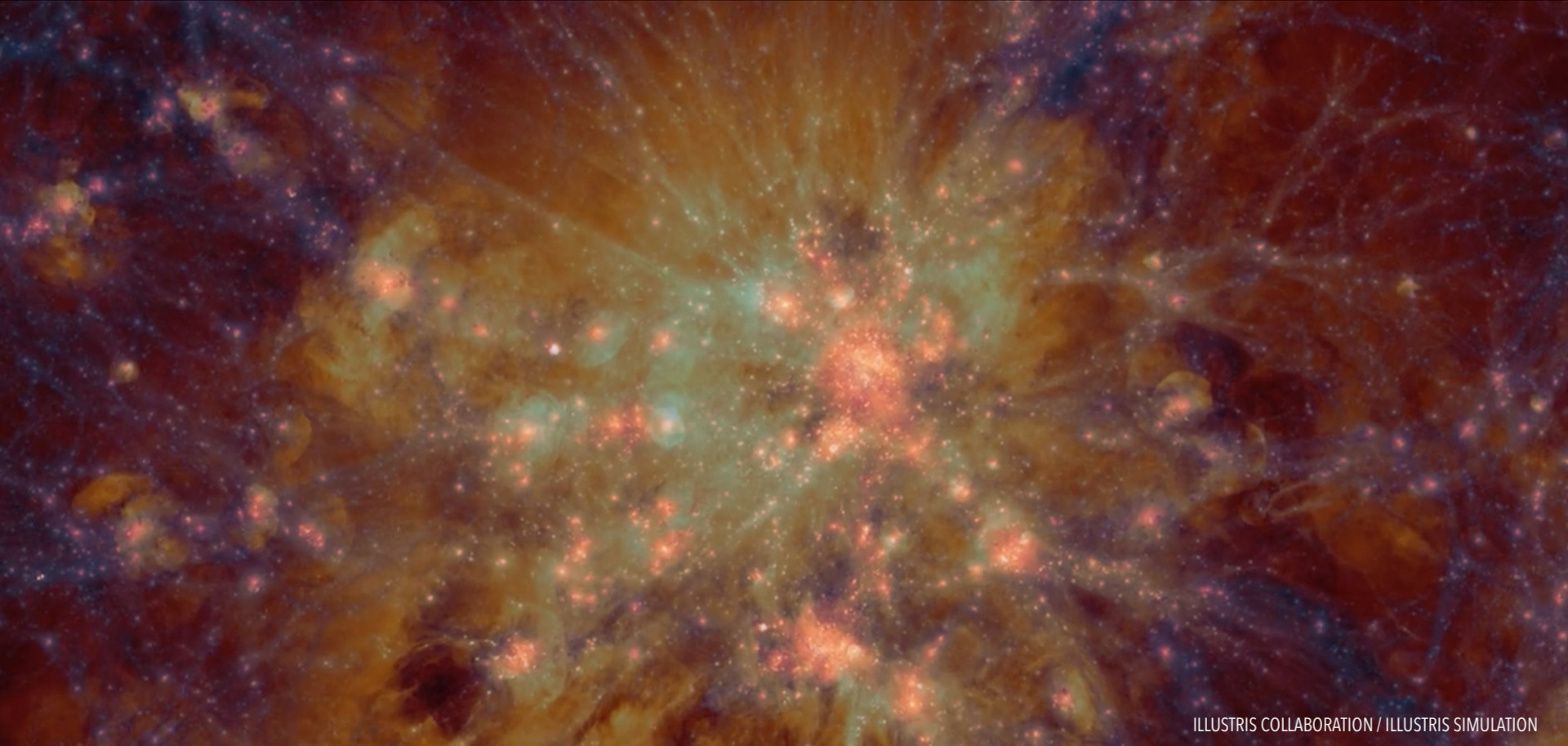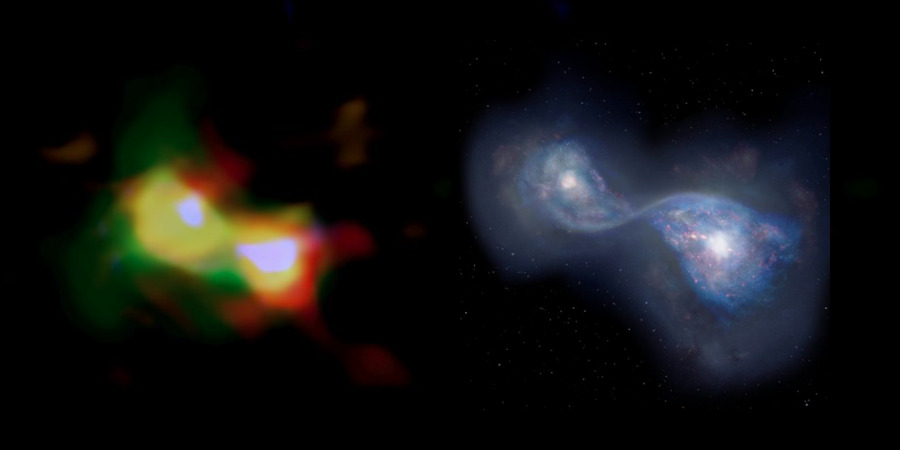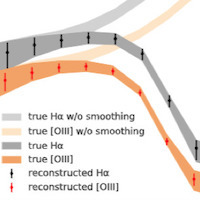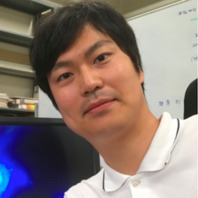Extracting information from emission line intensity maps using deep learning
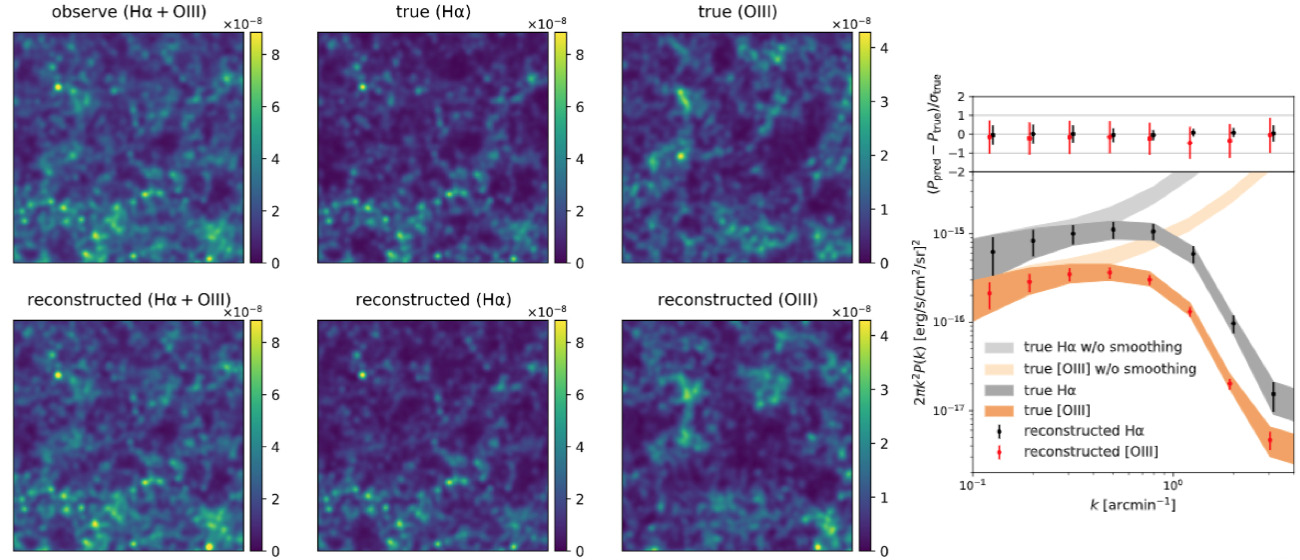
Moriwaki Kana
University of Tokyo
Observations of large-scale structure in the universe can place constraints on the theories of cosmology, galaxy formation, and reionization. A relatively new observation method called emission-line intensity mapping can reveal the three-dimensional distribution of galaxies and intergalactic gas over a wide area by analyzing the spatial fluctuations in emission line...


 和 英
和 英 